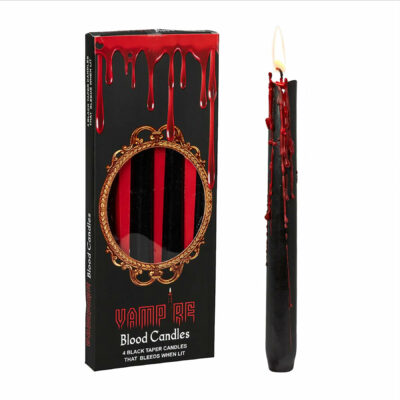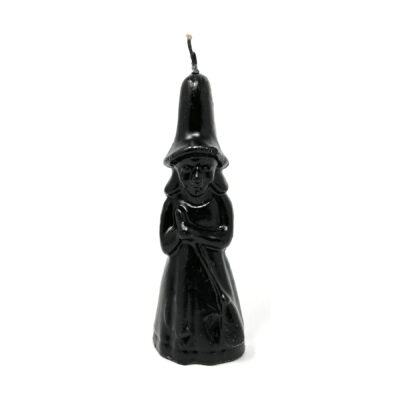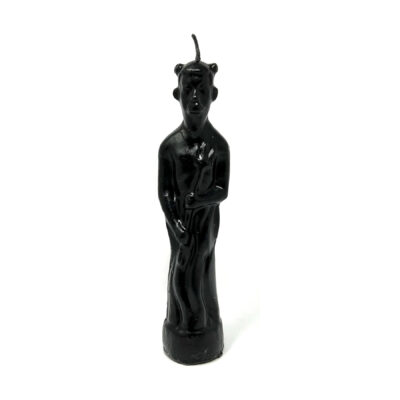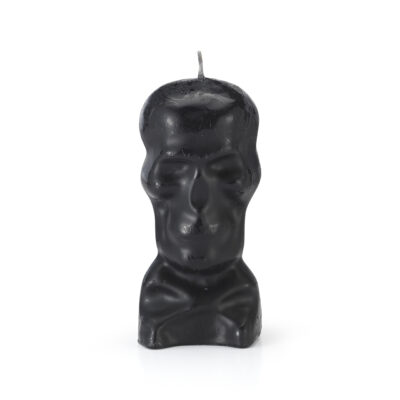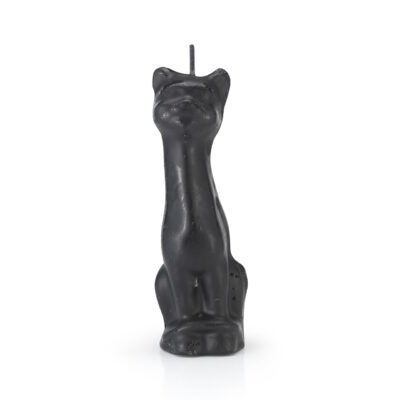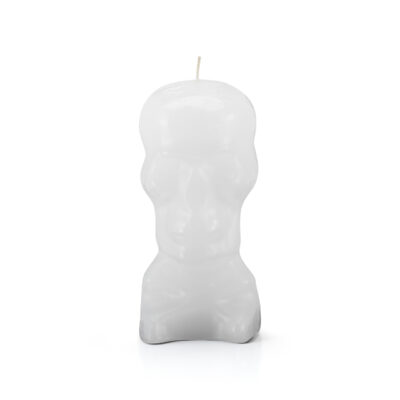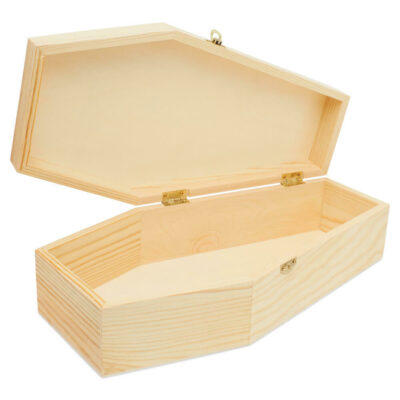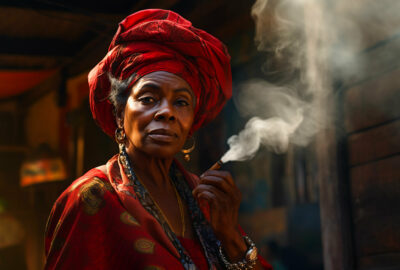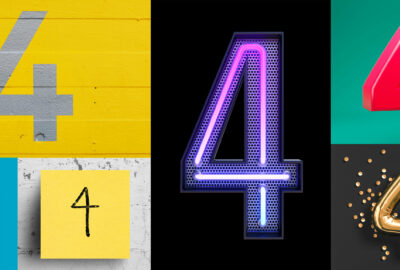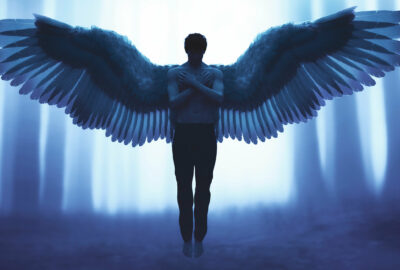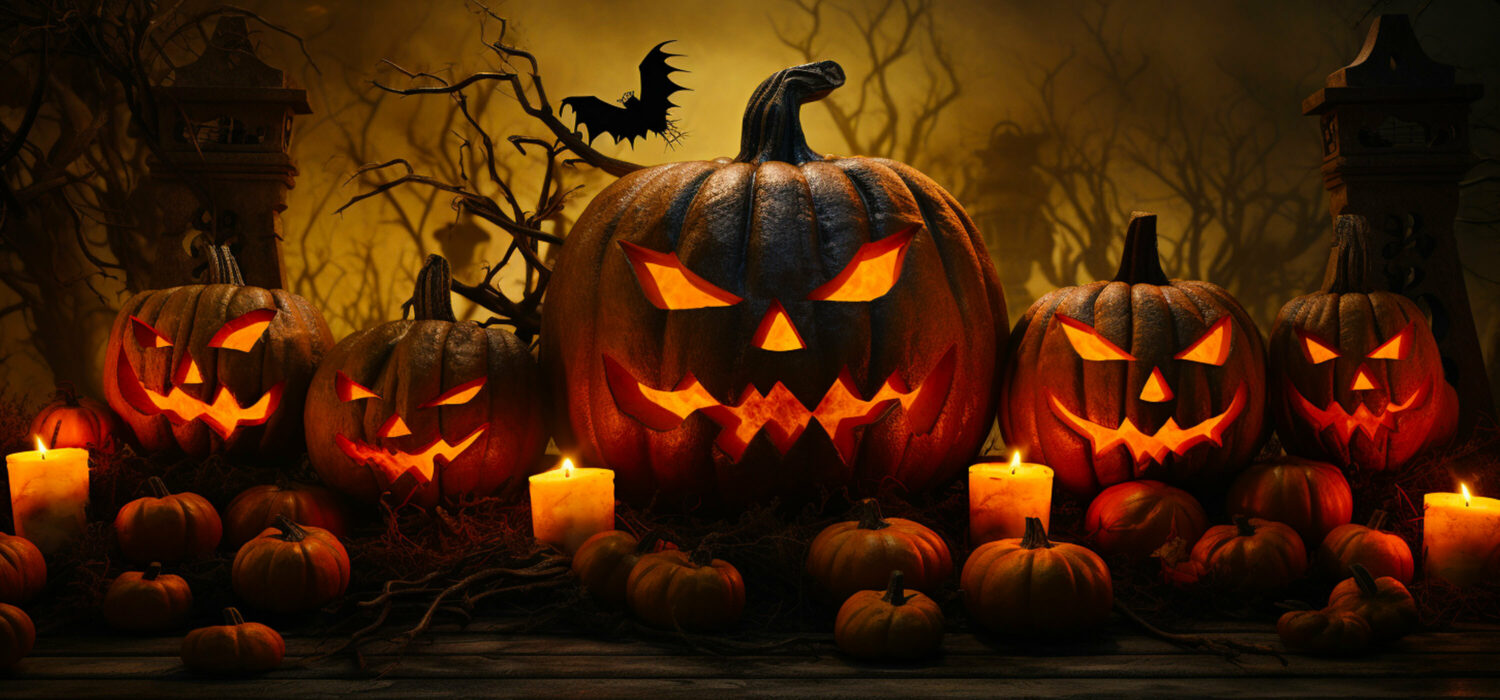
The Mystery and Superstition of Halloween
Most people recognize Halloween as a holiday where children dress up in costumes and ask for candy, but it did not always look that way. Jack o' lanterns were originally carved turnips, not pumpkins, and costumes were not always intended to be funny or sexy. Many of the "traditional" Halloween mascots -- like witches, vampires, and skeletons -- also were not originally associated with the holiday. So, what is the real meaning of Halloween, and how did it change over time?
From Samhain to All Hallows Eve: Tracing the Evolution
Halloween, as we know it today, draws its roots from ancient traditions and spiritual ceremonies. Although the name "Halloween" is an abbreviation of All Hallows Eve, which is observed the day before the Christian celebration of All Saints Day, its origins and practices reach further back into history, intertwining with the pagan festival of Samhain.
The Significance of Samhain
Samhain, pronounced as "sah-win," derives its name from two old Irish words which together signify "summer's end." This festival was of paramount importance to the ancient Celts, who inhabited regions across modern-day Ireland, the United Kingdom, and Northern France. For them, it was more than just the conclusion of summer; it marked the end of the harvest season and ushered in the darker half of the year. This transition wasn't merely a change in seasons but was deeply symbolic, representing the cyclical nature of life and death.
Gaulish Traditions and the New Year
Ancient Gaulish traditions, which are associated with the Celts who lived in what is now France, believed that as the earth experienced lengthening days followed by the inescapable descent into the dark winter, it symbolized the start of a new year. This period was also believed to be spiritually potent, as the boundaries between the physical and ethereal realms blurred. Ancestors and spirits were thought to traverse this boundary more easily, necessitating rituals to honor friendly spirits and ward off malevolent ones.
Merging of Pagan and Christian Practices
Fast forward to the spread of Christianity across the Celtic lands. Efforts to merge or overlay Christian beliefs onto pagan practices led to the transformation of Samhain into All Hallows Eve and subsequently, All Saints Day. While All Saints Day was a time to honor saints and martyrs, All Hallows Eve adopted many of Samhain's traditions, including the belief in the thinning of the veil between the worlds.
Modern Celebrations and Spiritual Connections
In contemporary times, especially in America, Halloween has taken on a life of its own, often detached from its spiritual roots. Yet, there's a burgeoning community of modern pagans and Wiccans who not only honor the age-old traditions of Samhain but have also infused it with Halloween customs. For them, it's not just about costumes and candy but a profound time to connect with the past, honor the cycle of life and death, and perform rituals that bridge the ancient with the modern.
Why are witches associated with Halloween?
Witches became associated with Halloween as it moved from its early roots to its modern-day state. As Christianity took hold in the places where Samhain was celebrated, those who still followed old religions were often regarded as witches. As a major holiday for many old religions, Samhain became linked with its celebrants. Now, typical Hollywood portrayals of witches are treated as suitably spooky Halloween costumes for children and adults alike.
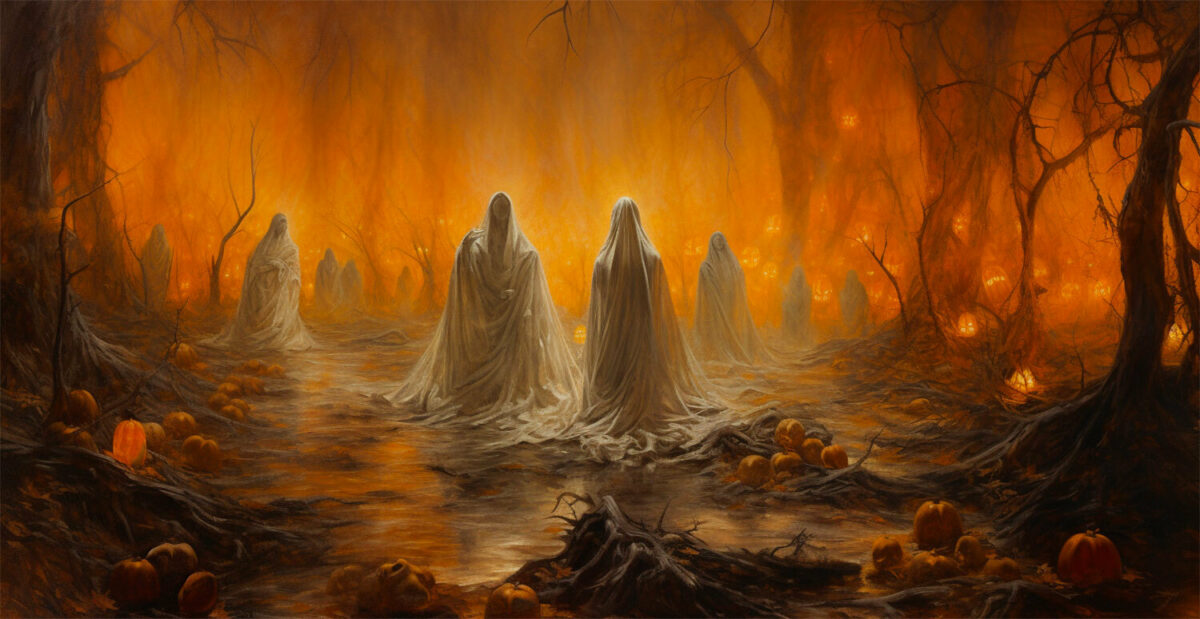
Halloween is often linked to the idea that the boundary separating the living from the spirit world becomes permeable.
Halloween and the Thinning Veil: A Mystical Convergence
Halloween, with its enigmatic aura and mysterious undertones, is often linked to the idea that the boundary separating the living from the spirit world becomes permeable. Known as the "thinning of the veil," this phenomenon is believed to be at its peak on Halloween night, providing the backdrop for many of the holiday's enduring customs.
The Lore of the Departed Spirits
The belief that the spirits of the departed could traverse this ethereal veil and momentarily rejoin the realm of the living was widely held in ancient cultures. These spirits weren't always seen as benevolent; some were thought to harbor resentment or malevolent intentions. As a precautionary measure against vengeful spirits, early practices included wearing disguises or costumes. By doing so, people hoped they could blend in among the spirits or even frighten them off, thus avoiding any potential harm.
Jack O' Lanterns: More Than Just Decor
Another enduring symbol of Halloween, the jack o' lantern, has more profound roots than mere festive decor. Originating from Irish folklore about a man named "Stingy Jack" who outwitted the devil and was cursed to roam the earth, lighting his way with a lantern carved out of a turnip, the tradition evolved. People began carving scary faces into turnips (and later, pumpkins in America) and placing them outside their homes. The intention was twofold: to ward off evil spirits and to remember the souls that were trapped between worlds, like Stingy Jack.
Halloween as a Night of Divination
With the boundary between realms at its most fragile, Halloween became a prime time for divination and seeking spiritual insights. Seers and mystics believed that they could more readily receive messages or visions, making it an opportune moment for practices like tarot reading, rune casting, and crystal ball gazing. The heightened spiritual energy was thought to amplify these divination tools, making their messages more potent and clear.
A Halloween Ancestor Work Spell
Because spiritual entities, both good and bad, are able to pass freely between worlds, it's also a very important time for protective magic. Light Protection Incense Powder in your home, burn a Spiritual Protection Candle, or dab some Protection Oil on the windows and doors of your home to keep away malevolent spirits. Set up an altar to honor your ancestors, with photographs, statues, candles, food offerings, or whatever feels appropriate to you. For this, you will need:
- A photo of the person you wish to speak to
- Protection Incense Powder
- Three white candles
- An offering of food or drink
- The divination tool of your choice
- Vision Oil
- A fireproof bowl
First, dress the candles with Vision Oil. Arrange them around the bowl, and light the candles and incense. Sit for a moment, envisioning your ritual space encircled with a sphere of white light that only benevolent spirits may cross. Set the photograph in front of the bowl, and hold your hands above it. Say...
My ancestor, come to me.
I ask for your help and guidance here, for I have need of your wisdom.
Please give me your aid.
At this point, you should feel the presence of the spirit you summoned. This can take practice, so, if you do not feel it right away, feel free to use your divination tools to see if you are able to communicate with them. By the same token, you can either communicate with them directly or use your divination tools to learn the lessons they have to teach you. After you are finished speaking to them, burn the offering in the fireproof bowl and snuff the candles.
The rich tapestry of Halloween is woven with threads of ancient beliefs, cultural practices, and spiritual significance. As modern revelers don costumes and carve pumpkins, they're unknowingly partaking in age-old customs rooted in the mystical convergence of the living and the departed. Whether one views Halloween as a night of fun or a sacred time of reflection and spiritual connection, the magic of the thinning veil touches all.
